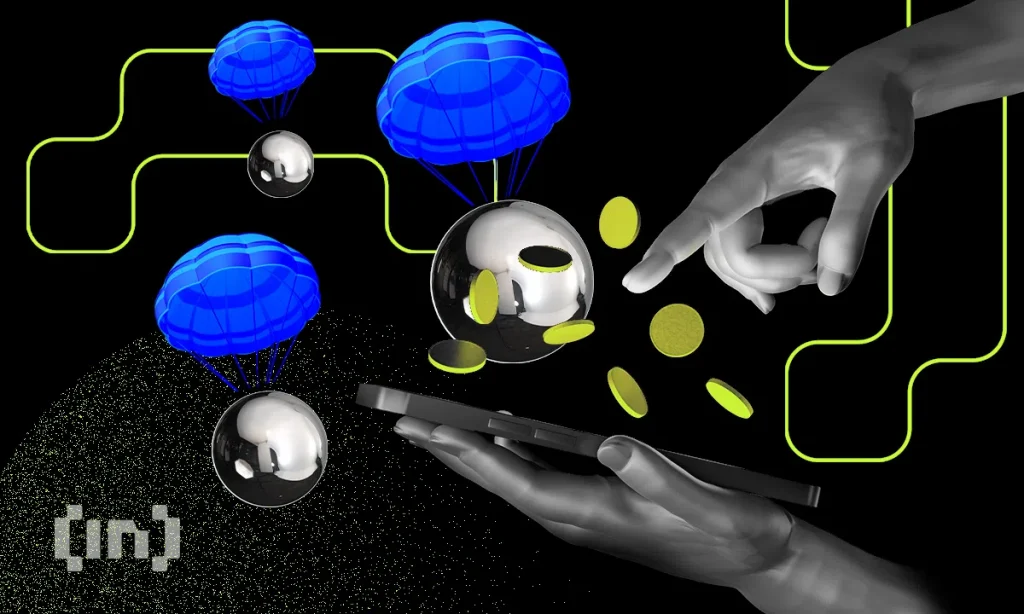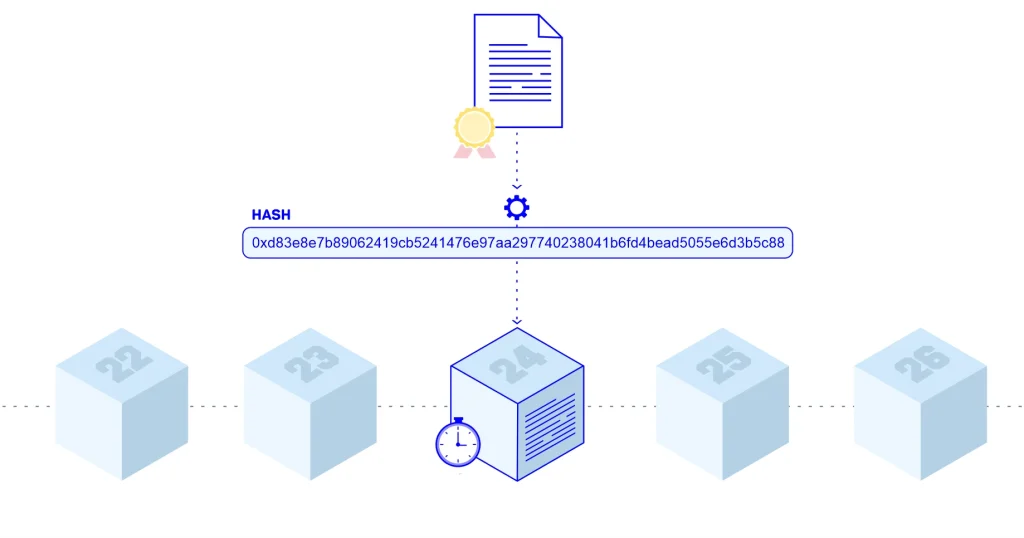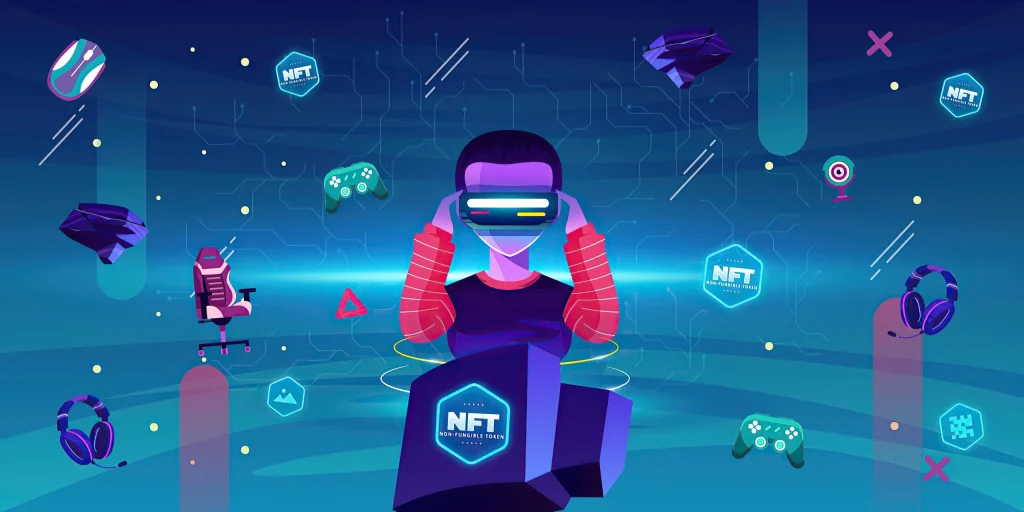Key factors shaping the NFT landscape
The factors that might shape the NFT future can be found today in a variety of actions online and on-site. Here are some of the outstanding ones that affect the future of the NFT market:
Stronger community and value-driven project culture
The rising of NFTs would not have been possible without the power of community. From the very beginning, online communities and influencers have played a key role in spreading awarencess and building excitement around NFT projects. But beyond hype, the most successful NFT collections today are those that foster long-term value through strong community engagement and clear project visions.
Take the Bored Ape Yacht Club, for example. This collection has created not just digital art, but a full-fledged community where members enjoy exclusive events, brand partnerships, and social status. Its success lies in how it treats holders as members of a movement, not just customers. Likewise, Axie Infinity has combined play-to-earn mechanics with a vibrant player base, helping it sustain relevance even during market downturns.
As NFTs mature, community-led growth and value-driven cultures will continue to shape the space. Projects that focus on utility, transparency, and real engagement will thrive in the years to come.
Smarter and utility-based NFT airdrops
One of the key directions shaping the future of NFTs is the shift from random, hype-driven airdrops to smarter, utility-based distribution models. Instead of giving away NFTs with no real purpose, successful projects are now focusing on personalized airdrops that reflect users’ behavior, engagement level, or token holdings.

These smarter drops offer real utility – from in-game advantages and service access to exclusive content and status. For example, in the travel industry, NFT ticket bundles have emerged where users receive NFT passes with built-in services like hotel check-in, tour booking, and loyalty perks. Travelers can even update or transfer these tickets without traditional customer service, creating a seamless self-service experience.
Similarly, in the Metaverse, land ownership is often tied to NFT collections that offer personalized rewards, community privileges, or future token distributions. These airdrops are no longer just marketing tactics – they are functional tools to retain users, create value, and strengthen the project ecosystem.
Interoperability and system-to-system interaction
Digital assets are people’s favorite in the 21st century, due to their compatibility with both on-site and online services. Yet, it’s becoming less efficient using the integration of NFT and Metaverse without the appearance of system-to-system interaction. To unlock the full potential of digital ownership, interoperability across different blockchains and virtual environments will become essential.
2025 will be expected with bundles of different options, including virtual lands ownership, perfect cultural connections, customer-centric communities, etc. The utility of NFTs, in general, will be as seamless as ever, increasing users’ experiences. Moreover, the transparency of transactions will be fulfilled, releasing the boundary of on-site ownership.
Simple and seamless adoption of NFT
In the near future, especially in the upcoming period of 2025, NFTs and Metaverses, in general, will be easily adopted, which will enlarge and reinforce the development of NFT. Therefore, by getting media attention and enforcing the advancement of Web3 technology, the future of NFT is bright ahead for both infant investors and well-known sharks.
On-chain igentity and verifiable ownership
Virtual lands and smart houses in the Metaverse are only the beginning of a secure and transparent digital era. With NFTs, ownership records are permanently stored on the blockchain, allowing users to verify their rights instantly without intermediaries. This eliminates disputes and saves time when transferring, reselling, or proving asset possession.

Moreover, on-chain identity will become a key component of the NFT future. By linking digital assets to verifiable user profiles or wallets, projects can prevent fraud, ensure authenticity, and personalize experiences. As the ecosystem matures, identity and ownership verification will be the foundation for trust and interoperability across platforms.
Regulatory clarity and standardized metadata
As NFTs expand into sectos like gaming, finance, and identity, regulatory clarity becomes essential. Without clear legal definitions, it’s difficult to determine whether NFTs are assets, securitites, or digital licenses – causing confusion for investors and limiting mainstream adoption. By 2025, we can expect more goverments and regulators to issue clearer guidelines on NFT ownership, taxation, and comsumer rights, making the space safer and more attractive for both users and institutions/
At the same time, standardized metadata will play a critical role in enabling NFT interoperability. Metadata defines the core details of an NFT – such as its creator, attributes, and usage rights. Without shared standards, cross-platform compatibility and long-term usability become problematic. Ongoing efforts from the Ethereum community and platforms like OpenSea to establish metadata norms will be key to building a scalable and transparent NFT ecosystem.
The future of NFTs in gaming
NFTs have recently gained tons of positive interaction from gamers and game-enthusiast investors. To be more specific, NFTs represent in-game characters, items, skins or even the whole virtual lands. Those digital assets can be traded, minted or auctioned just like other in-game collections, yet they can instantly increase real-life revenue for gamers, phasing out a third party’s needs.
It’s expected in the upcoming period that gaming NFTs will meet an expansion in terms of ownership and community. This is because of the release of rare, exclusive NFT collections and assets that mainly attract the thirst of gamers who want to hunt for their own treasures and find a way to collect them. Besides, those assets can be auctioned for millions of dollars, which in turn will benefit both gamers and investors.

Moreover, cross-industry co-operations will be allowed in the world of gaming NFT. Therefore, music, artwork and even real-life gifts can be found when purchasing/auctioning for in-game bundles. This can happen both ways, as creators can integrate gaming NFT into their collection, making it easier for them to monetize for themselves in a variety of ways.
We can take the perfect example of Axie Infinity – one of the most popular NFT games in the world. Having simple idle-battle gameplay with an intuitive, friendly design and tons of different collections ranging based on rarity, Axie Infinity was a blast at the time when being released, creating a premise for more NFT games to come with a variety of playstyles. Therefore, it’s confident that gaming NFT will be much more developed.
How NFT will transform business
There’s no limitation to integrating NFT into business, mainly because of the development of Web3 technology and the ongoing demand of customers. For instance, digital, crypto-based transactions can perform better auctions than traditional ones because the asset can be converted digitally on the blockchain while still attaining its original value.
One primary example of this is “The Chop” – a limited edition of the 2016 Napa Valley Cabernet Sauvignon released by Yao Family Wines – one of the pioneers in the NFT wine industry. While 282 assets had been released digitally, their real-life product (the Cabernet Sauvignon) was kept untouched until somebody decided to open it up. This would ensure the bottle’s value while the related digital assets are still transacted globally.
This could not be done if using traditional business, as the paperwork and regulations will take too long to process, which in turn will cause a lengthy downtime for customers who want to invest such a great amount of money into one single bottle. NFT, as a result, changed the wine business completely, and created more value-added features for customers.
And it’s not just the wine business that the appearance of NFT can renovate. Every company can integrate NFTs into their business, and it’s not limited to the represented assets. From photos and drawings to soundtracks, from virtual lands to website domains, NFT can cover them all. In the future, NFT will have the potential to replace traditional real estate businesses, music copyright regulations, art-related exhibitions, and so on.
Frequently asked questions
The answer is both True and False. While investing in NFTs can be profitable in many different ways, it is crucial to know that not all NFTs can be monetized greatly. The NFT itself is not an investment, so make sure you understand every little detail, including the underlying value of your chosen asset before you start cashing out your wallet.
In the first quarter of 2023, while we have been witnessing a slight downfall in the NFT Market (a 4% decrease in trading volume from February to March), it is still clear that the NFT market is incredibly strong. This is due to the majority of transactions being conducted in Blur (approximately $1.35 billion worth of ETH in March) and OpenSea (roughly $424 million worth of ETH in March).
The NFT market size is expected to reach over $230 billion worth of Ethereum NFT trades, increasing at a compound annual growth rate (CAGR) of almost 35%. This is due to the continuous adoption of NFT into many different sections, including music, art, real estate, game and other creative assets.
After a slight decrease in the second half of 2022, we are witnessing a surge in the NFT market’s trading volume. Therefore, it is widely believed that the NFT market will constantly grow in the near future. However, the obstacles that NFTs are currently encountering may include brands’ interests, UI/UX developments and upgraded security from non-crypto competitors.
Wrapping up
The future is full of possibilities, and NFT is the main factor that can contribute greatly to the business’s development. Yet, it may be unclear in the future whether NFT can be fully adopted. Therefore, keeping track of the trading volume and staying tuned to your desired NFT’s value-added drops is beneficial to keep pace with the upcoming period. If you want to explore more interesting blockchain-related information, you can follow our blog for daily updates.
Also, if you struggle to build an NFT marketplace, we’re here to help.
More related posts from our blockchain blog you shouldn’t skip:
- 6+ Fashion NFT marketplaces: Which are the best for fashion enthusiasts?
- Top 15+ NFT Marketplace Development Companies To Partner With In 2025
- NFT royalties: A definite guide on how it works
How useful was this post?
Click on a star to rate it!
Average rating / 5. Vote count:
No votes so far! Be the first to rate this post.




